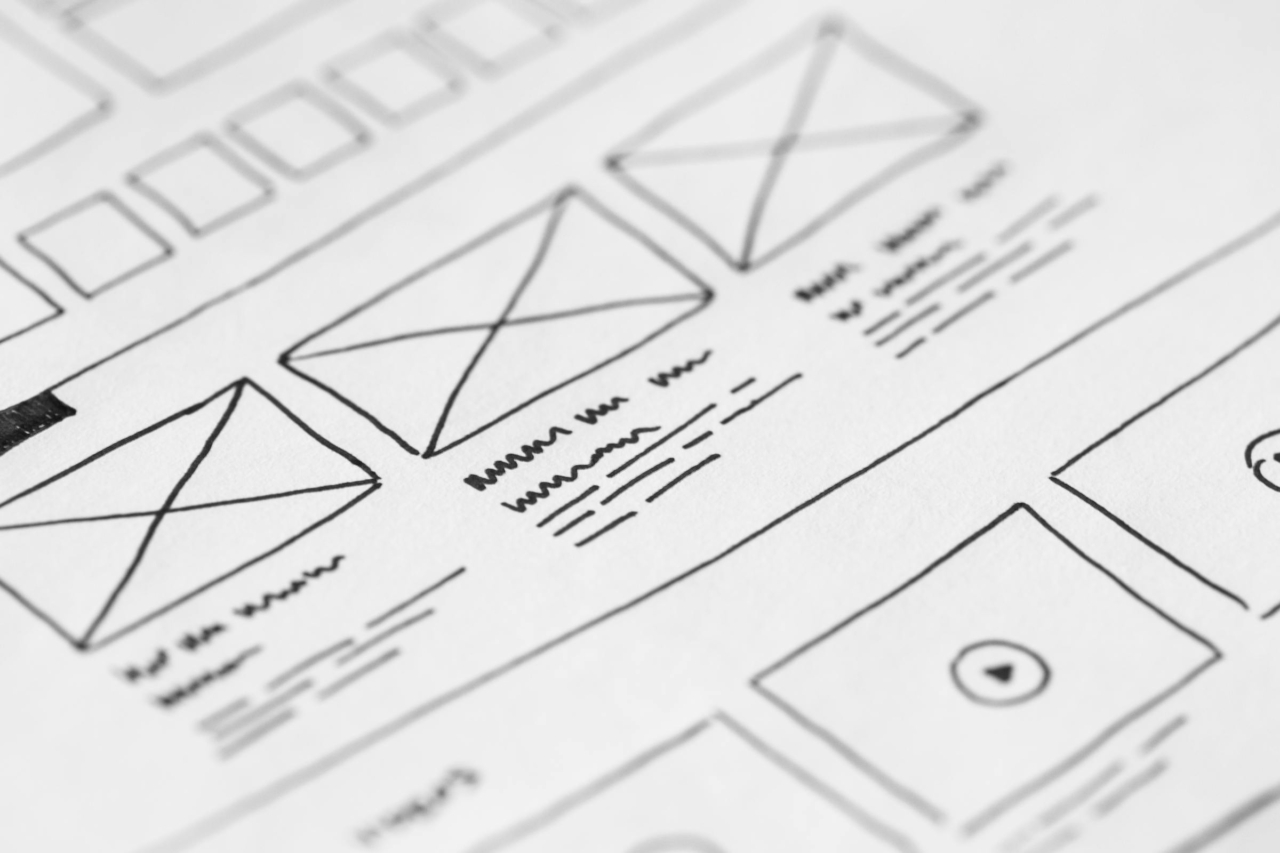The Website Development Process – From Idea to Launch
June 4, 2025 / 4 min read

Photo by picjumbo.com
What clients should know before the first line of code is written
Building a website isn’t about clicking “Install WordPress” and choosing a template. At least, not if you want something built to last. A professional website is a process – not a product. It requires planning, communication, design thinking, and technical execution. And when done right, it becomes one of the most valuable business tools you own.
In this article, I’ll walk you through the complete website development process, from initial idea to final launch, so you know what to expect – and what questions you should be asking your developer from day one.
Discovery & Strategy: Defining the Purpose
Before any design is sketched or a single line of code is written, we start with strategy.
This is where we ask questions like:
- Who is your target audience?
- What actions do you want visitors to take?
- What makes your business unique?
- What are your competitors doing well (or poorly)?
These discussions shape the foundation of everything that follows. A good developer or agency will take time to understand your business goals, not just your aesthetic preferences. This step isn’t fluff – it’s your blueprint.
A website that doesn’t start with a clear goal is just a digital brochure. And brochures don’t convert.
Structure & Content Planning: Mapping Out the Website
Once we understand the “why,” we move to the “what.”
This phase includes:
- Sitemap planning (what pages are needed)
- Information architecture (how content is organized)
- Early wireframes (layout sketches without visual styling)
- Gathering and structuring your content
Far too often, people jump into design without knowing what content they actually need. The result? Generic-looking websites with placeholder text that gets ignored for months.
Design should serve content – not the other way around.
Design: Turning Structure into Experience
Now comes the part most people think of when they hear “web design.”
But good design isn’t just about colors and fonts. It’s about:
- Hierarchy: What grabs attention first?
- Accessibility: Can everyone use the site?
- Consistency: Does the design reflect your brand across devices?
Every element should have a reason to exist. Animations shouldn’t be there because they “look cool,” but because they guide users or emphasize a message.
This is also where we develop responsive layouts – making sure the site works seamlessly on phones, tablets, and desktops alike.
Real web design solves problems. Aesthetics are important, but usability is essential.
Development: Building the Engine Under the Hood
Once the design is approved, development begins.
For custom WordPress websites, this means:
- Writing clean, modular HTML5 and CSS3
- Developing custom Gutenberg blocks or flexible fields
- Ensuring fast loading times
- Implementing security best practices
- SEO-friendly structure (headings, metadata, alt text, semantic markup)
The site should be lean – built only with what’s needed. This means no bloated themes or unnecessary plugins that slow everything down or create security risks.
The less your site depends on third-party plugins, the more stable and scalable it becomes.
Testing, Optimization & Final Checks
Before launching, everything gets tested – multiple times.
This includes:
- Browser testing (Chrome, Safari, Firefox, Edge…)
- Responsive checks on different screen sizes
- Speed and performance testing
- Accessibility validation (contrast, focus states, screen reader compatibility)
- SEO audits and meta-data review
Often, final tweaks here make the difference between “just okay” and “exceptional.” Clients usually only notice bugs after launch – but a proper process prevents 95% of those from ever reaching the live site.
Launching without testing is like printing 10,000 brochures without proofreading.
Launch & Ongoing Maintenance
The launch is exciting, but it’s not the finish line.
After the site goes live, there’s still work to do:
- Monitoring uptime and errors
- Keeping WordPress, themes and plugins up to date
- Adjusting content based on analytics
- Adding new features as your business evolves
Ongoing support is not optional – it’s essential. A website that’s left untouched for 6 months becomes outdated fast.
A website is not a one-time expense. It’s a living part of your business – treat it that way.
Final Thoughts
If your developer or agency isn’t walking you through a process like this, you’re not getting a professional service – you’re getting a shortcut.
You deserve a partner who takes the time to understand your goals, explains the steps clearly, and builds something that’s truly yours.
A good website is never an accident. It’s the result of planning, collaboration, and craftsmanship.